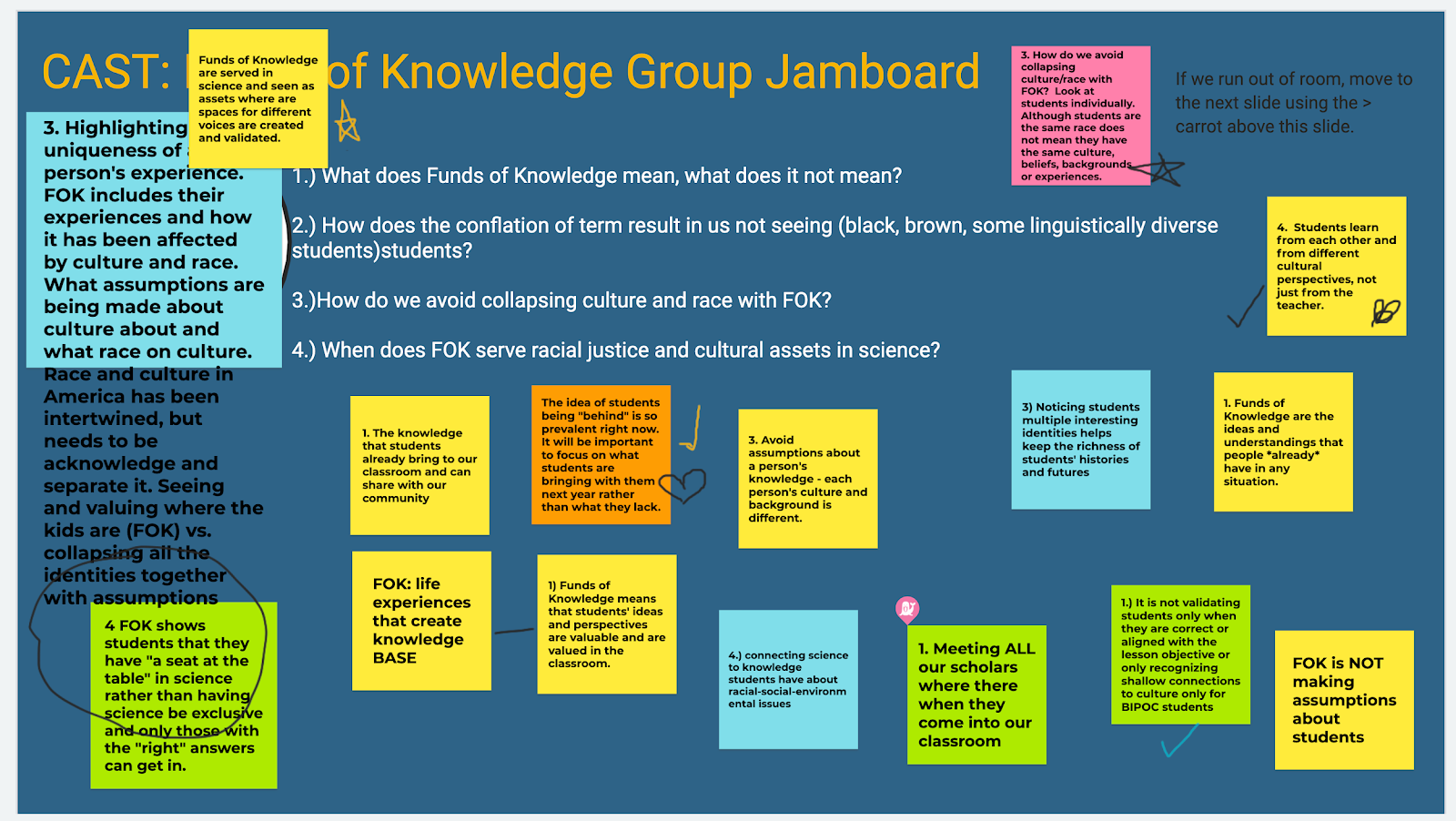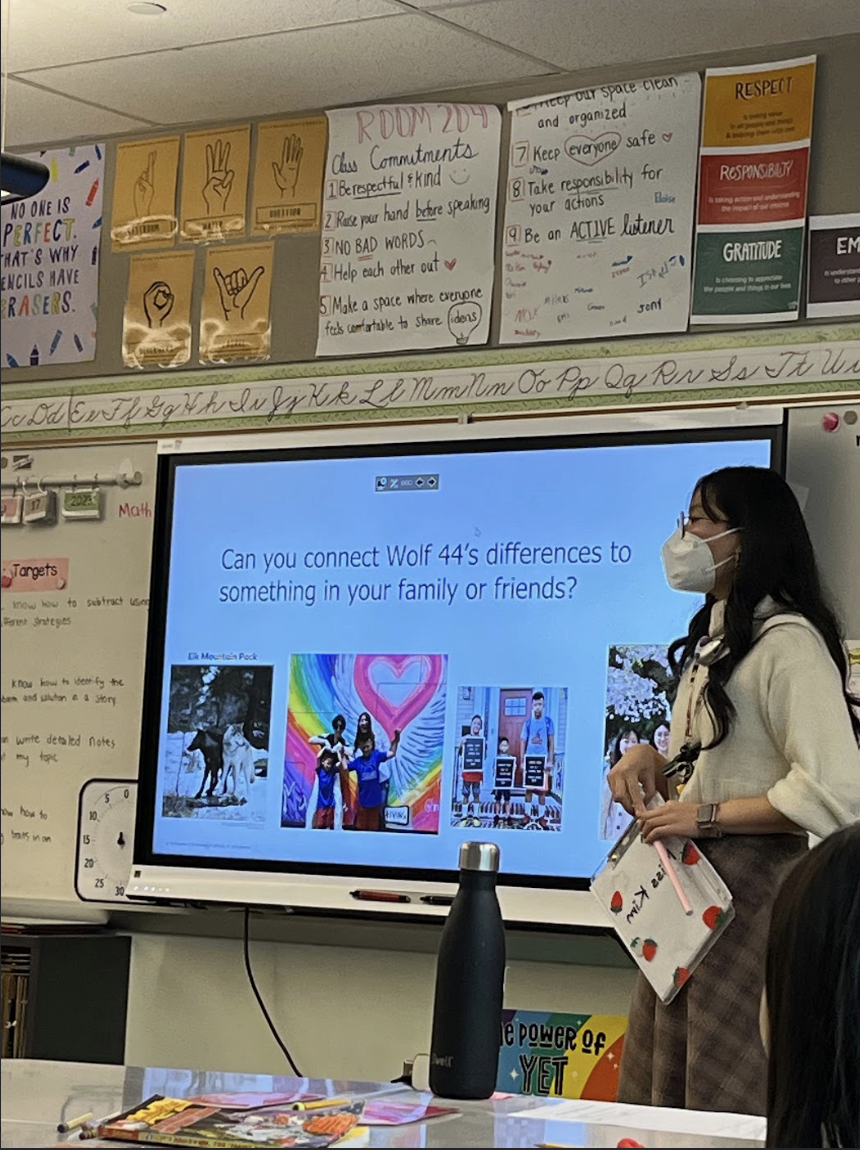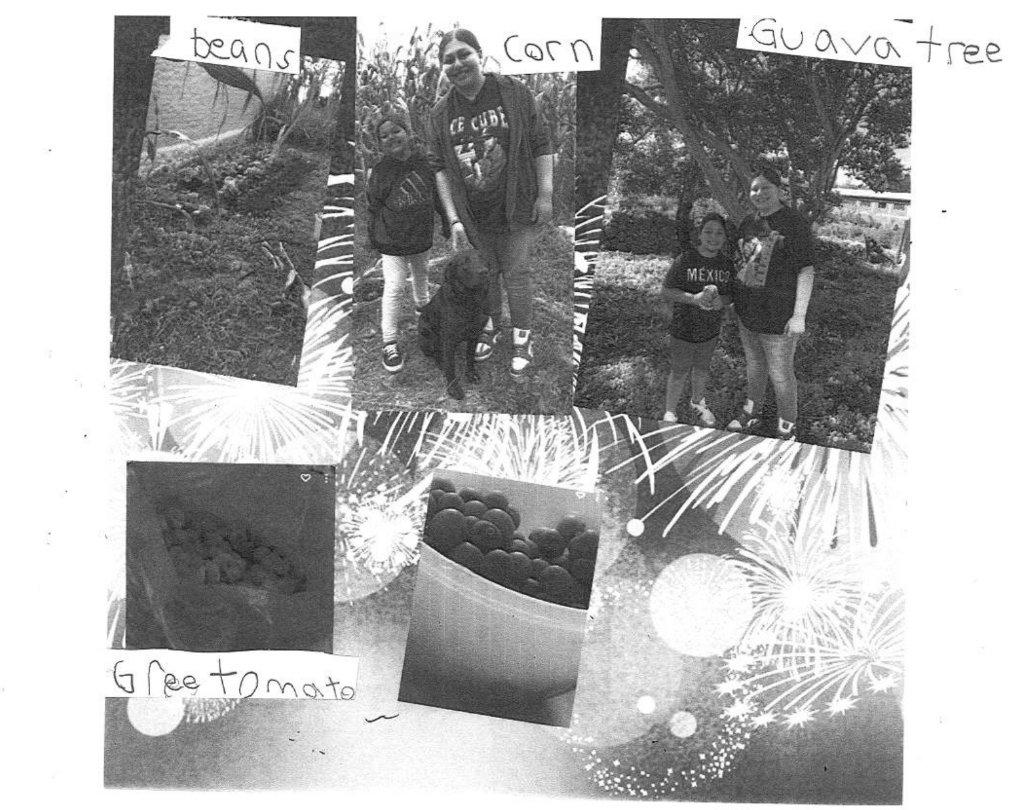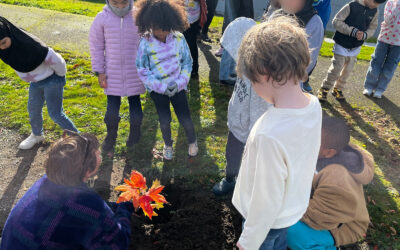Design Considerations
Here are slides of a three part professional learning experience and teacher learning stories from this experience.
- Part 1: FOK and our own critical reflection (60-90 minutes)
- Part 2: What do we mean by FOK and how does it show up in our teaching? (2.5-3 hours)
- Part 3: Follow-up on what teachers tried in their teaching (60 minutes)
Stories
Story 1, FOK Jam board Discussion. In PL, teachers used the jam board activity to discuss the purpose of drawing on students’ funds of knowledge regarding students having access to science, “having a seat at the table,” and not being exclusive to students with “right” answers. They questioned how school science is often rooted in the culture of white supremacy, which emphasizes right and wrong answers and funneling students toward correct answers. Building on this conversation, one teacher suggested that perhaps the table needs to “be smashed,” thus questioning the view that students must assimilate into dominant Western ways of doing science versus creating a more expansive vision of science teaching with multiple answers and perspectives.
Furthermore, the teachers asked questions about their own assumptions about students’ capabilities. In the jam board activity, they questioned the language often used to describe students as “behind.” Following the PL, one of the kindergarten teachers described the value of looking at student models and challenging their own assumptions: “You see deeper into what they’re really thinking, and sometimes a student that you think is really at a really low level can surprise you by the picture and by what they’re trying to say in the picture. I have this one kid, he hated writing; writing time for him was the worst time ever. But when it came to science. Wow. It was like I saw a different child just because of what he produced for those models. So again, with a different perspective, it made me realize that he had more potential than I was giving him credit for. Because sometimes we create our own biases.” (05/20/20)

Story 2, Being Vulnerable. In this video clip, you will see a first-year teacher eliciting students’ ideas about the phenomenon of inheritance. She models sharing her experiences, languages, and identities to open the conversation for students. In so doing, she normalizes talking about race and family structures as a part of science learning. (12:16-22:45, about 10 minutes) In science classrooms, students are often asked to be vulnerable with their ideas, but teachers have the option to share their ideas and identities. Building a culture of vulnerability takes time, and teachers need to be prepared to engage students in critical conversations if students feel like their ideas and identities are not welcome.






 This site is primarily funded by the National Science Foundation (NSF) through Award #1907471 and #1315995
This site is primarily funded by the National Science Foundation (NSF) through Award #1907471 and #1315995